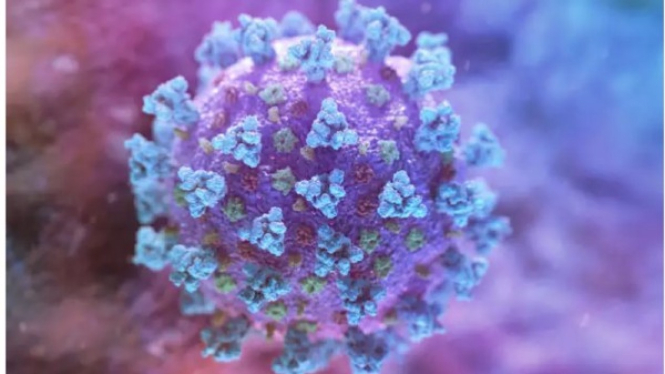VIVA – The United States Centers for Disease Control and Prevention (CDC), announced that virus Chapare, virus turn off which causes dengue fever like Ebola, can be transmitted through humans.
Mammarenavirus chapare is a member of the Arenaviridae virus family and causes dengue fever, hence the name Chapare hemorrhagic fever. Boldsky, Friday, 27 November 2020.
Arenavirus usually spreads to humans through direct contact with infected rodents or through indirect contact, such as through the urine or feces of infected rodents. Then, how is this virus transmitted?
There are two documented outbreaks of Chapare hemorrhagic fever to date. The first case was found in 2004 in Chapare province, Bolivia and was reported again in 2019, which resulted in the death of three people.
According to the CDC, arenaviruses are usually transmitted by direct or indirect contact with the saliva, urine and feces of infected rodents.
Such as bites and scratches from infected rodents, inhaling viruses, ingesting food contaminated with urine, saliva, or feces of infected rodents.
An infected person can transmit the disease to others through contact (patient body fluids, aerosols in health care settings, etc.).
Signs and symptoms of Chapare hemorrhagic fever
Due to the very low number of cases, information regarding the specific signs and symptoms of this viral disease is lacking. Studies say the symptoms of Chapare hemorrhagic fever (CHHF) are similar to those of other South American hemorrhagic fevers, such as Argentine hemorrhagic fever (AHF), or Bolivian hemorrhagic fever (BHF).
However, as noted, some of the reported symptoms associated with CHHF include fever, diarrhea, joint and muscle pain, headache, pain behind the eyes, stomach pain, irritability, vomiting, bleeding gums, and rash.
So far there is no treatment for this disease. Supportive therapy is essential for recovery and survival, such as maintenance of hydration, management of shock and sedation.
Due to the rare nature of viral disease (only two outbreaks), it is not clear about the mortality factors and the risk of death. In the first known outbreak, the only confirmed case was fatal.
As for the second outbreak in 2019, 3 out of 5 documented cases were fatal, with a projected mortality rate of 60 percent.
In the case of arenavirus infection, recovered patients can continue to shed the virus in their blood, saliva, urine, or semen for months after they are no longer showing symptoms. However, few are aware that they have been infected with CHHF.
How to prevent Chapare dengue fever
– Controlling rodents in and around homes and buildings can help reduce exposure to rodents and reduce the risk of infection.
– Seal any gaps or holes around the house and environment.
– Avoid areas infested with rodents.
– An infected person has the potential to infect other people (especially household members, health workers, and partners who have sex) through body fluids. So, avoid any contact.
Health experts say that in the event of an outbreak, the Chapare virus is unlikely to cause a pandemic like the scale of COVID-19. However, they did not mention the reason why this virus should not be worried.
–


